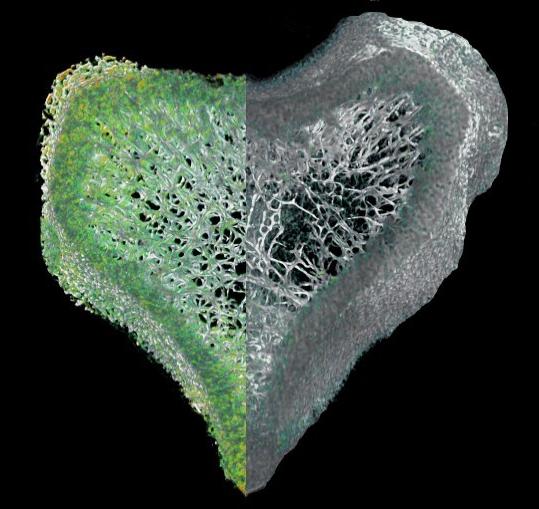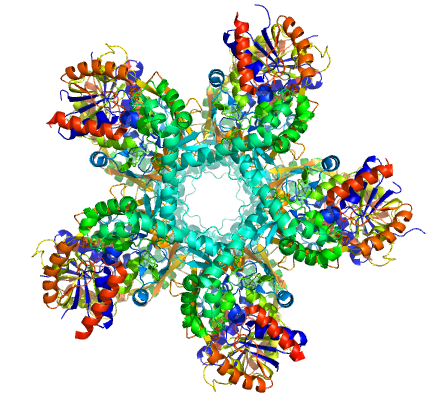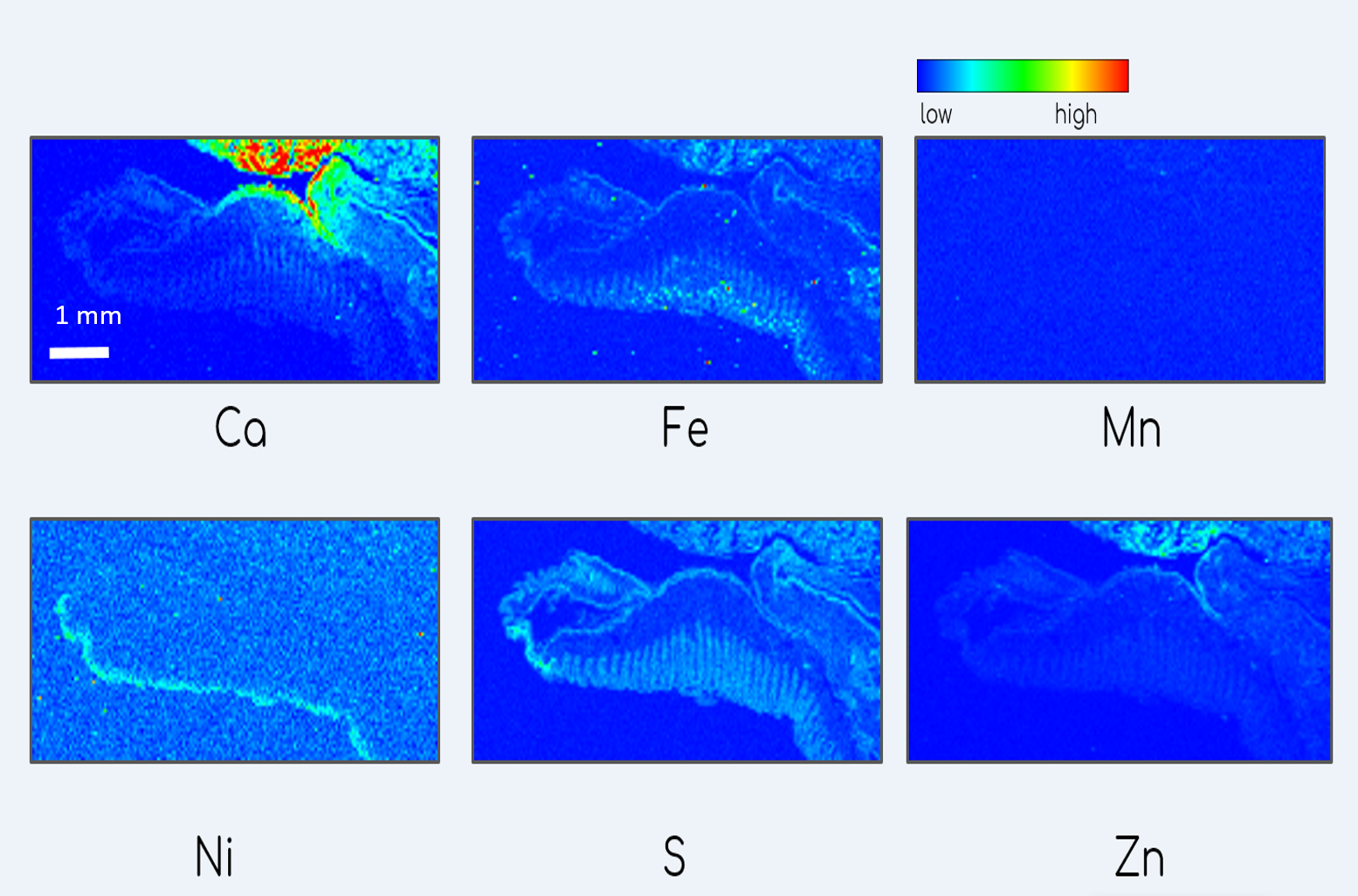Biomedical Imaging

Cell, Tissue, Organ and Small Live Animals Imaging
X-ray imaging is one of the most ubiquitous medical imaging tools available. Synchrotron X-ray imaging offers significantly higher contrast and higher resolution than clinical methods offer, allowing for the imaging of soft tissues like organs, vasculature, and tumors - often without the need for a contrast agent. Synchrotron CT is also considerably faster, allowing for micron-level imaging at high speed (often whole CT scans can be collected in a matter of seconds). This is especially useful for in-vivo and in-situ applications. Industrial applications include medical implants, research animals, excised tissues, dental structures and much more.
Techniques:
COMPUTED TOMOGRAPHY INFRARED SPECTROMICROSCOPY X-RAY FLOURESCENCE (XRF) MAPPING X-RAY SPECTROMICROSCOPY
Drug Development

3D Structure Determination of Biological Targets, at the Atomic Level
Drug development and protein crystallography are some of the core applications of synchrotron facilities. Macromolecular Crystallography (MX) provides detailed protein structures at angstrom-level spatial precision. Knowing the exact structures of target proteins and enzymes allows for the rational design of drugs and cofactors that interact with the active sites of target macromolecules. Small molecule diffraction can also provide detailed structures of organic molecules such as drugs. With mail-in options, and the infrastructure for users to collect data remotely from anywhere in the world, the CLS offers a full suite of crystallography services that can boost any academic or industrial research program.
Techniques:
MACROMOLECULAR CRYSTALLOGRAPHY (MX) POWDER X-RAY DIFFRACTION (PXRD) SMALL ANGLE X-RAY SCATTERING (SAXS) SMALL MOLECULE X-RAY DIFFRACTION
Metal Dysregulation

Metal Ion Identification in Biological Samples
The CLS offers dedicated infrastructure to apply X-ray Absorption Spectroscopy to study trace metals in biological samples. Metal ions are important for some of the most complex chemistry carried out by living organisms, abnd are central to diseases of metal disregulation, including Parkinsons', multiple sclerosis, and Alzheimers. This tool can also be used to understand the impacts of environmental pollutants like mercury and arsenic on animals and humans alike. These tools can also be harnessed in structural biology to provide complementary detail for crystal structures or where crystal structures are not available.
Techniques:
X-RAY FLOURESCENCE (XRF) IMAGING X-RAY SPECTROMICROSCOPY X-RAY ABSORPTION SPECTROSCOPY (XAS)
Recent News
Loading...
Access
Purchased Access
Purchased access offers quick and accurate solutions to proprietary questions. CLS scientists develop experimental plans based on clients' needs, collect and analyze data, and provide detailed reports with key answers to critical questions.
Peer-Reviewed Access
Academic clients can submit proposals through a peer review process. Beam time is granted based on scientific merit, with the expectation that any results will be published. In special cases, rapid access is also available for instrument or beam time.
